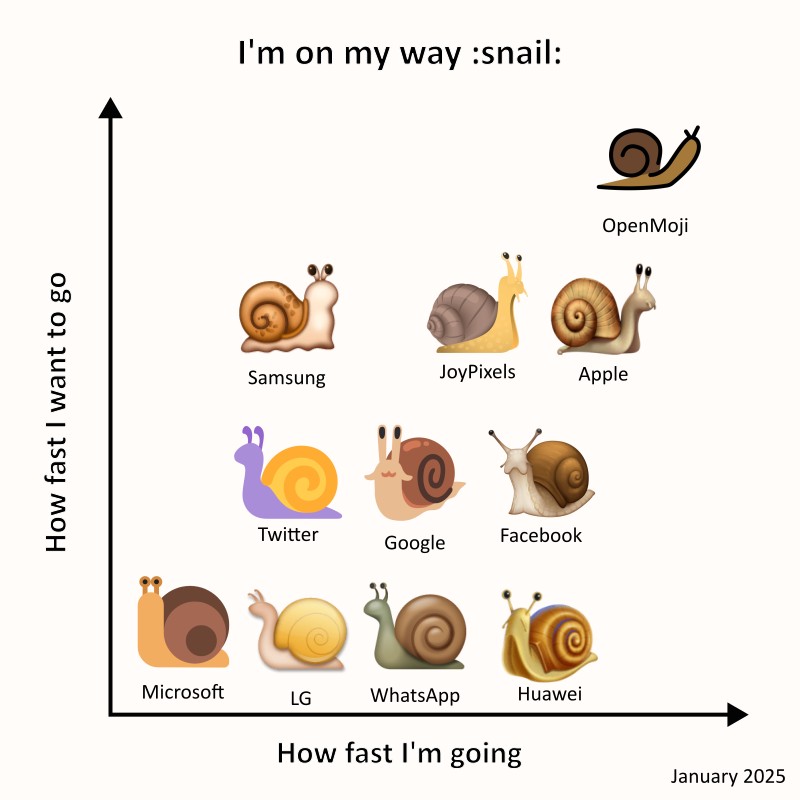January 2025
Media I consumed that made me happy
- This CBC video about a man into hummingbirds. I think it is so so important for people to notice the nature in their neighbourhood instead of going somewhere specifically to “be in nature”. Reminds me of this backyard bee documentary.
- De Visdief. The channel of a Dutch bird watcher. Little videos about the nature he (and sometimes his friends) saw that day.
- Ernest and Celestine. This movie has been on my list forever. I love animated movies, but they’re not always easy to find.
- Episode 6.1 of the Future Ecologies podcast on forest ecologies and how to make forests “old growth-ier”. A friend introduced me to this podcast through their episode on the Oostvaardersplassen when we were looking for places to visit for a day trip.
Emoji post and social media home
I made an emoji post on LinkedIn. I don’t know where to post my emoji content anymore. Nowhere feels adequate.
Started reading stuff about the IndieWeb and Publish (on your) Own Site, Syndicate Elsewhere (POSSE). Archiving them here feels like a good idea?
I’ve also been doing these monthly posts of Instagram since 2019 that I think I’ll migrate here too? Still figuring out the details and formatting.

H is for Hawk
Lastly, I’ve been reading H is for Hawk by Helen Macdonald. It is intense and I cannot read many chapters in one sitting. I’m about a third in, and I’m hoping it’s a hopeful book. I’m in a period of my life where I feel unmoored, and I’m hoping 2025 is a hopeful year. I’m more able to articulate what my media taste is. I like stories that are hopeful, where the world is mostly filled with kindness. Where characters are figuring out how they feel about the world and who they are and where they belong.
This book is part of the Alveus Book Club. Since December I have been consuming content from Alveus Sanctuary and forming some sort of parasocial relationship with their founder Maya 😅 A third inspirational, a third self-doubt, a third cute animals.